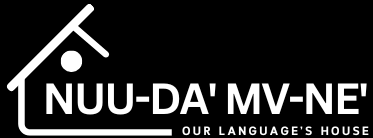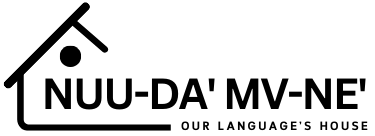Article
The Complicated Decisions That Come With Digitizing Indigenous Languages
This article originally appeared in Future Tense, a collaboration among Arizona State University, New America, and Slate.
How do you measure what’s missing? How do you bring English back?
This, of course, is the reality for scores of Native North American languages. When Europeans first made contact with tribes across the continent, more than 2,000 languages were being spoken. Today, after centuries of forced relocations, broken treaties, abusive residential schools, and other discriminatory practices, only 256 languages are spoken. A full 199 are endangered, according to the Catalogue of Endangered Languages. Yet even after everything those communities endured, they’re fighting for their words—and the ability to protect them. New technology like smartphone keyboards, language-learning apps, and digital databases makes revitalization work easier than ever, but it also requires hard conversations about which parts of a language must be kept offline.
Continue Reading https://www.newamerica.org/weekly/complicated-decisions-come-digitizing-indigenous-languages/
share this
Related Articles
Related Articles




